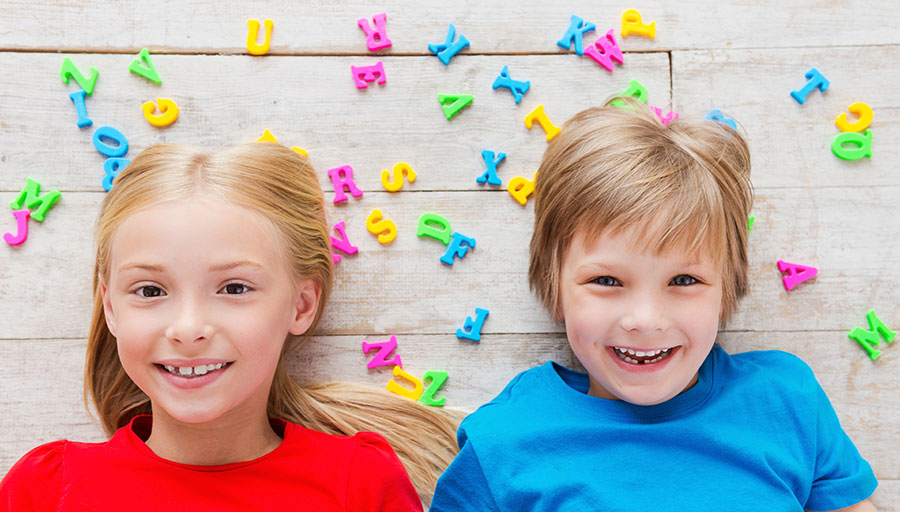
Little Spell Champs Underway. Dedicate Games for Children to Improve their Spellings by Introducing them to Enjoyable Activities.
Little Spell Champs Underway. Dedicate Games for Children to Improve their Spellings by Introducing them to Enjoyable Activities.
Communication is the way children interact with the world around them. Both written and verbal communication is extremely essential for success in life. Efficient readers are those who can fluently read the sentences by pronouncing the word correctly. Similarly, good writers know how to pen their thoughts on paper and use the correct spelling for words.
Foundation for sound literacy is dependent on the child’s ability to grasp spellings. Correctly identifying and arranging the letters in a word, is an important component for mastering proper spellings.
Learning to spell can be quite a task for children sometimes. As we know some words are tricky and the phonetic rules do not apply to them. So, how does the child figure out the correct spellings of these words? Also, sometimes words have letters that are silent, for example ‘h’ in ‘honor’ and the ‘b’ in ‘doubt’ are secret sounds that are not pronounced while saying the word aloud.
We would say the key of learning to spell lies in practice and repetition. However, the rote learning technique is quite dated and children don’t enjoy learning spells by simple rote method. Spelling appropriately gives the child confidence and he becomes attuned to communicate freely, so here are some interesting spelling ‘games’ or ‘exercises’ which you can introduce the preschoolers and elementary school graders to. These activities are really easy and require minimum resources to create the game from scratch by parents themselves at home.
Let’s Go Fishing
Children love adventure. So why not encourage them to go fishing for words along with you? Just take a rod or a stick that is readily available at home and attach a string or woolen thread to the edge of it. At the end of the string or thread attach a magnet by fastening the knot tightly. Collect old magnets and stick ‘fish shaped’ letters on each magnet. You are now ready to go fishing. Dictate a word out aloud to your child and ask him to form the spelling by picking up the correct letters from the ‘fish pond’. Now isn’t that exciting! KutuBee is one such app that exposes the child to new words by offering him over 1,500 age-appropriate books in line with the PYP curriculum.
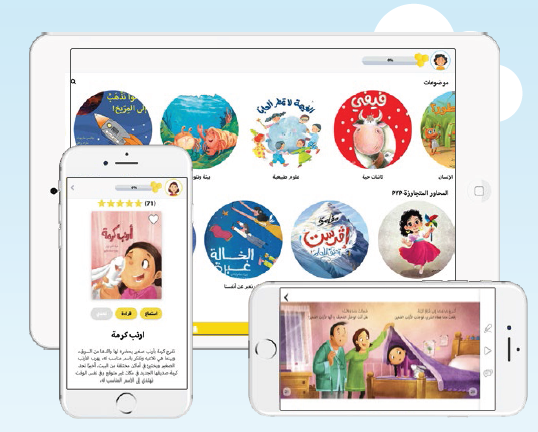
Walk The Stairs Channelize your child’s activeness by introducing this game. All you have to do is, write letters on blank paper and ask children to arrange them in a step by step manner, by adding each letter to the consequent step. For example, to spell the word ‘mango’ children do the following:
m
ma
man
mang
mango
Now let your tiny tons walk as if they are climbing stairs, placing one foot after the other in succession.
Word Treasure Hunt
Do your little ones get bored during summer vacations? Simply introduce them to this game and see the twinkle in their eyes. Adults need to hide the letters in different corners of the house and allow the child to find them by giving clues. On finding every letter, the child gets the hint for the next clue. Once children have managed to collect all the letters of the word, they need to arrange it in correct order to figure out the ‘word’. We are sure the child will love this activity and will want to play it over & over again.
Choose the Correct Flower
This is a bit of an advanced version for mastering spellings. The parent spells the word in three different ways and presents it to the child. The spellings are written on the flowers with any ‘one flower’ having the correct spelling. Children dress up like ‘buzzing bees’ and flap their wings buzzing around the flowers. Then they come and stand next to the flower that they think has the correct spelling. And bravo! Your tiny bees have found their share of ‘sweet nectar’. The word ‘castle’ is to be presented in two other ways on the flowers ‘castel’ or ‘catsle’. This confuses the child at first, but reinforce the correct spelling & ensures that the child gets it right even though all three spells seem pretty similar.
The Rapid-Fire Spell Quiz
To encourage group activities and set the grounds for healthy competition, the rapid-fire quiz is a great start. The ‘quiz master’ announces the word aloud and children need to clap their hands to indicate they know the spelling and would like to answer. The participant who claps first gets to spell the word. To spice things up, each child gets 10 points for spelling the word correctly. The child with the most points wins the game and is declared ‘Spell Genius’. Kutubee presents numerous exercises to enhance the child’s language skills.
Find the Missing Letter
Fun with the blank exercises are exciting, as the leaner almost figures out the word, but has to select the right letter to get full marks with spelling it. To increase the level of difficulty, leave the space blank where the kid is bound to faulter. For example: for the spelling of ‘sentence’ present it as ‘sent__nce’. Often children get confused to fill with blank with an ‘a’ or an ‘e’. You can also have multiple blanks in a word. Example: ‘Hipp__pot__mus’ to be able to test the child’s awareness of the spelling ‘Hippopotamus’.


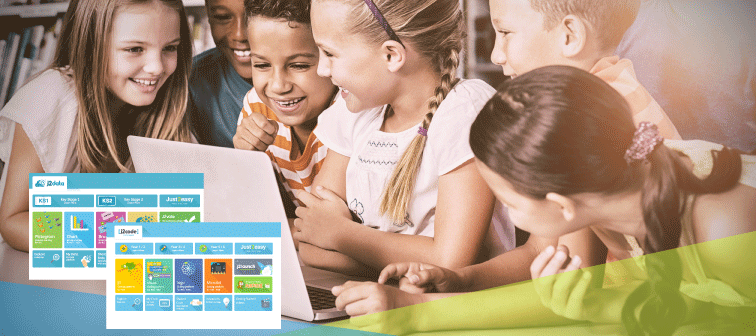


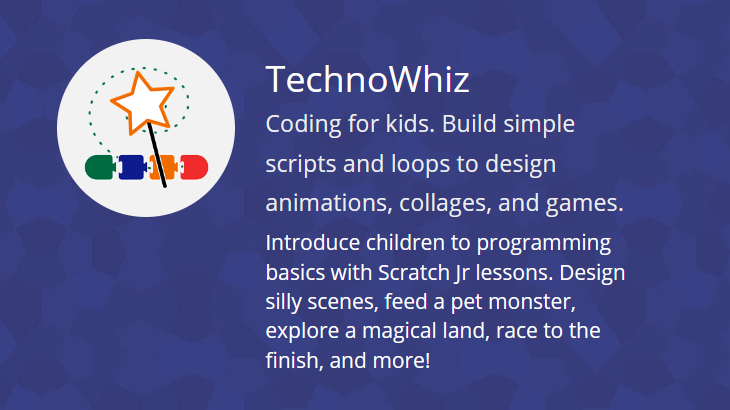

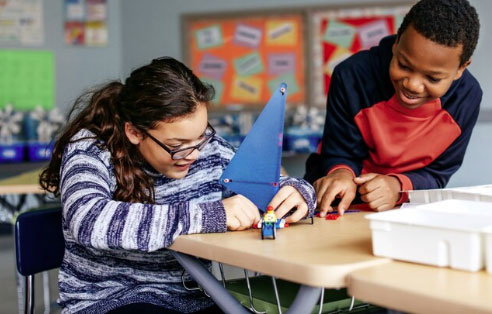
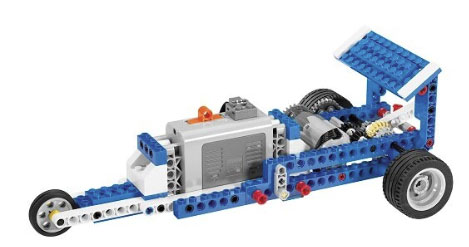
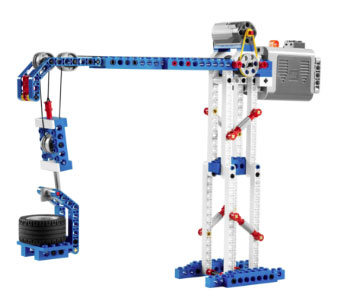




Recent Comments